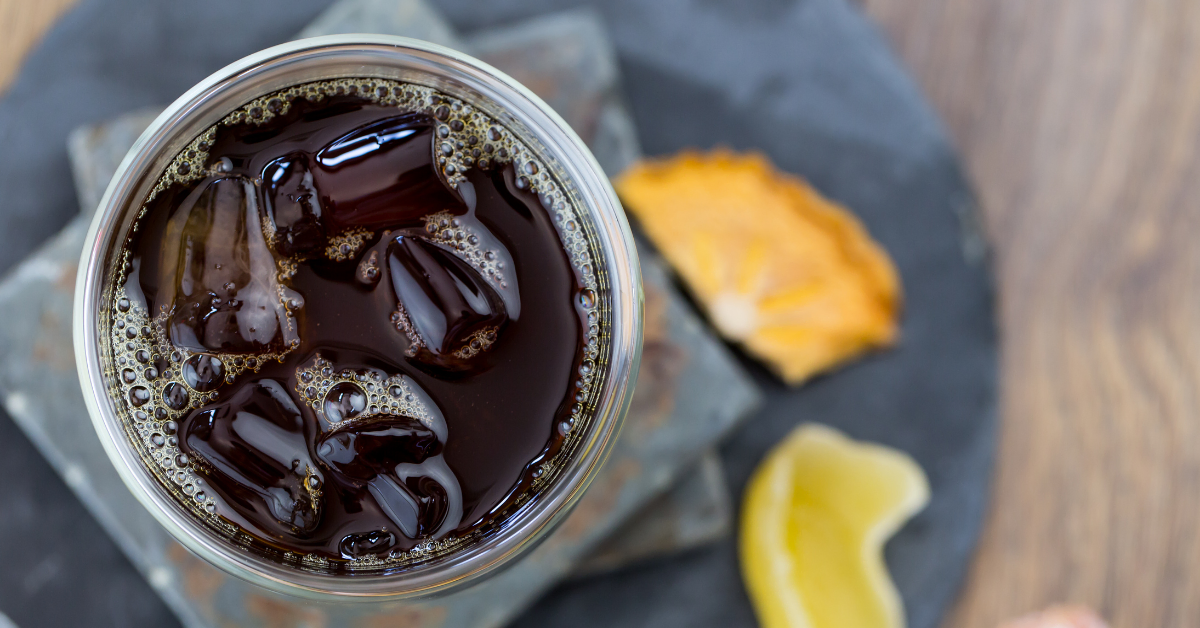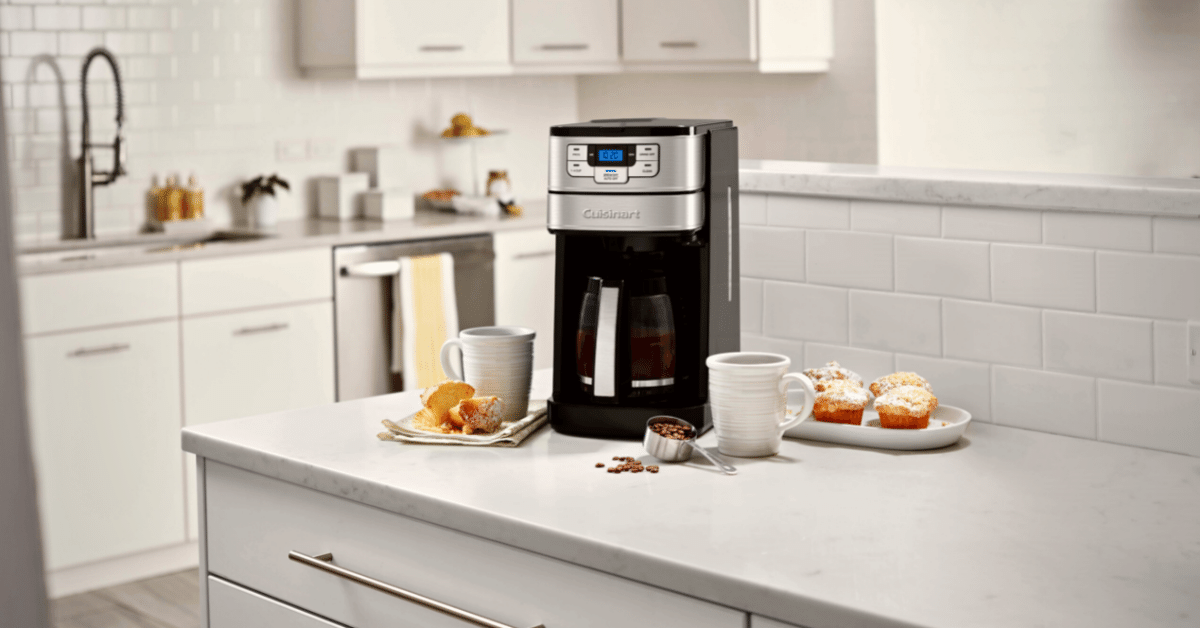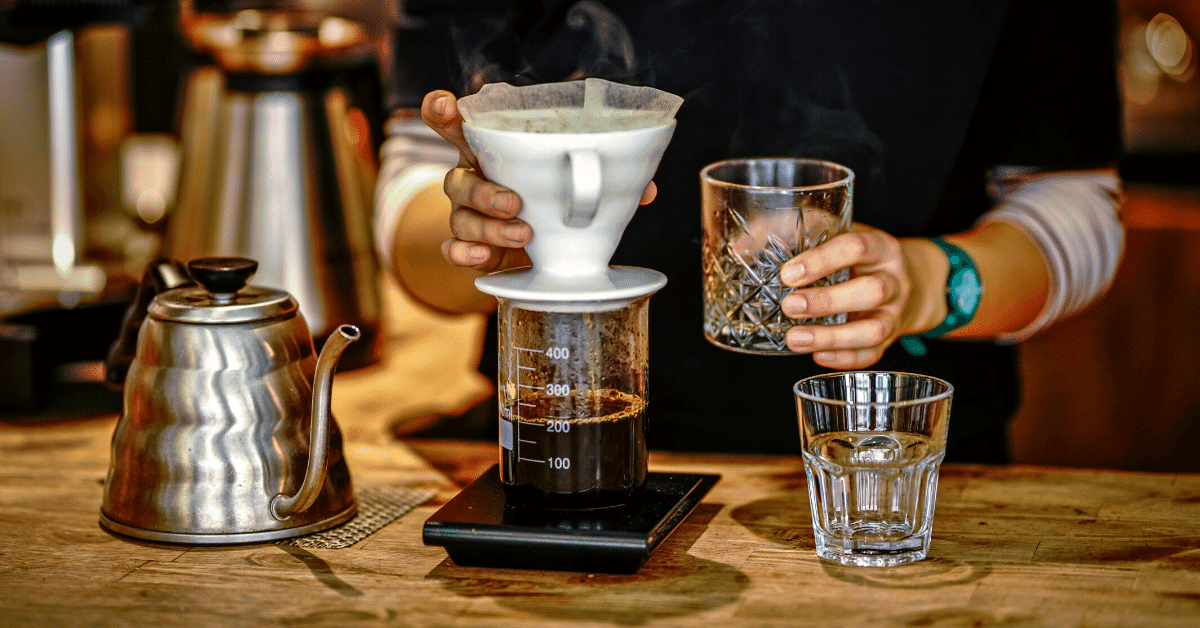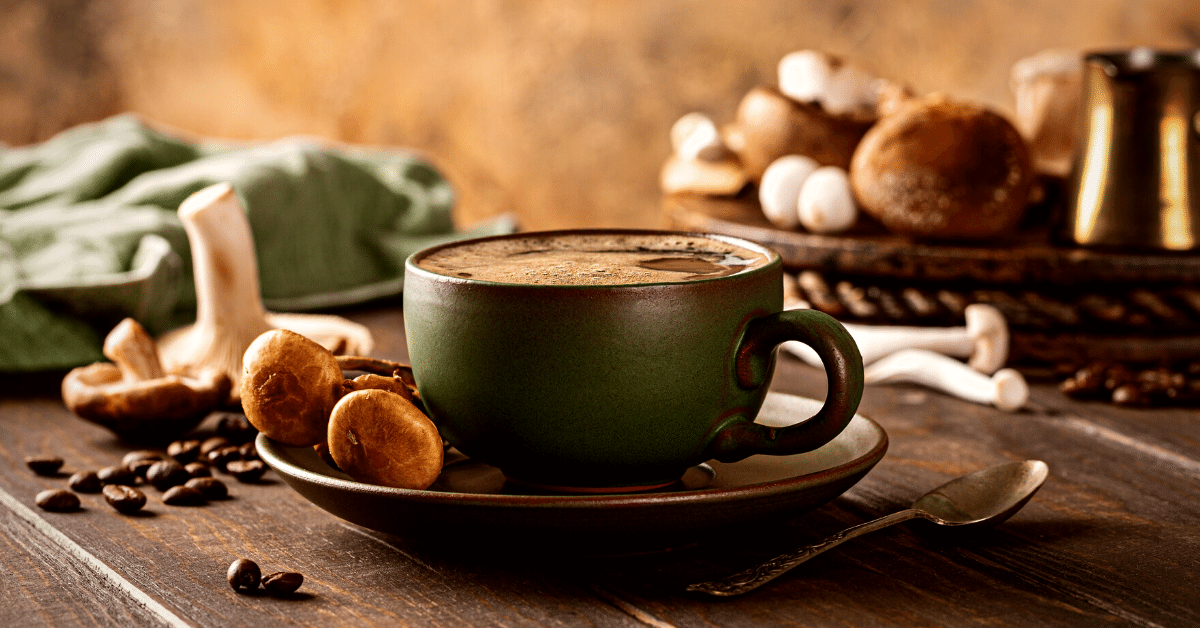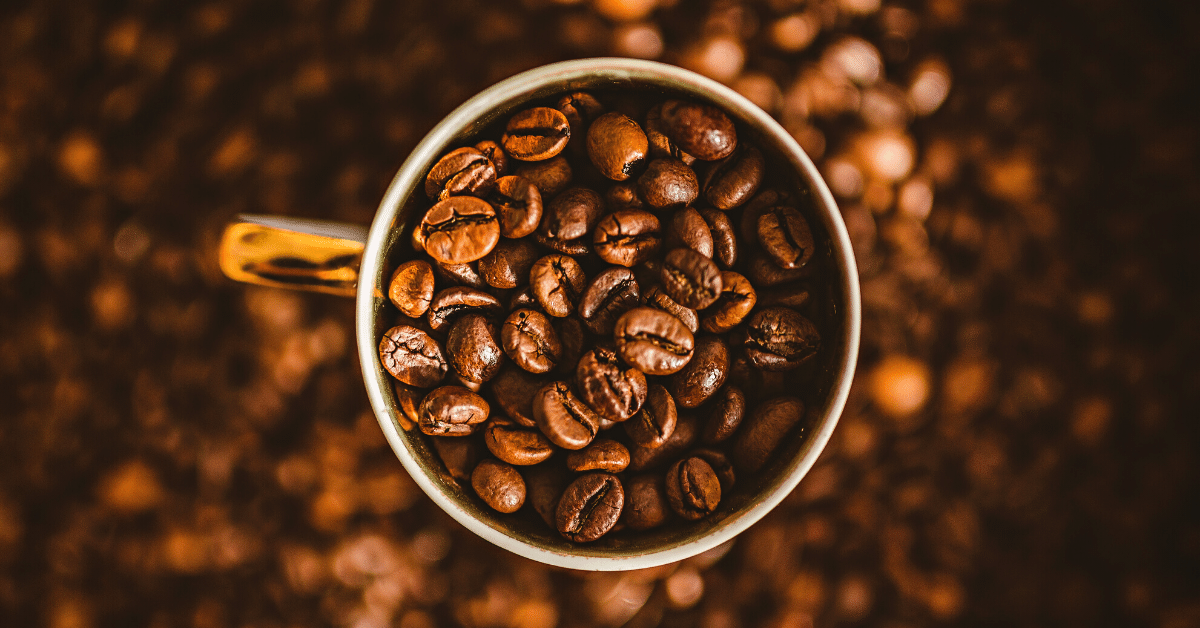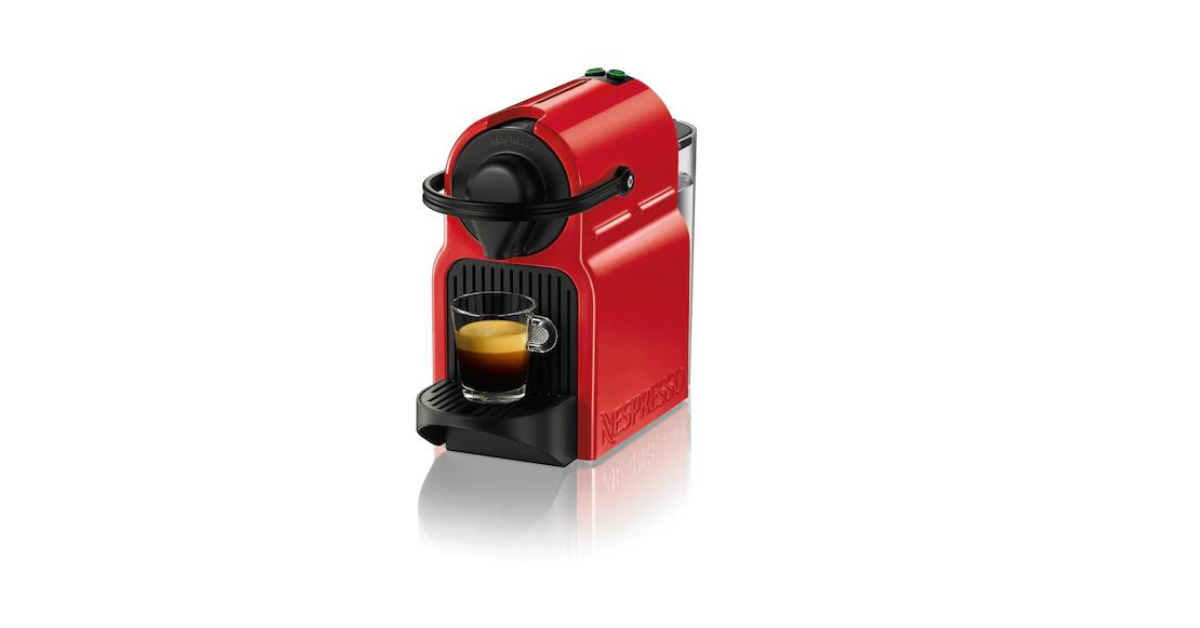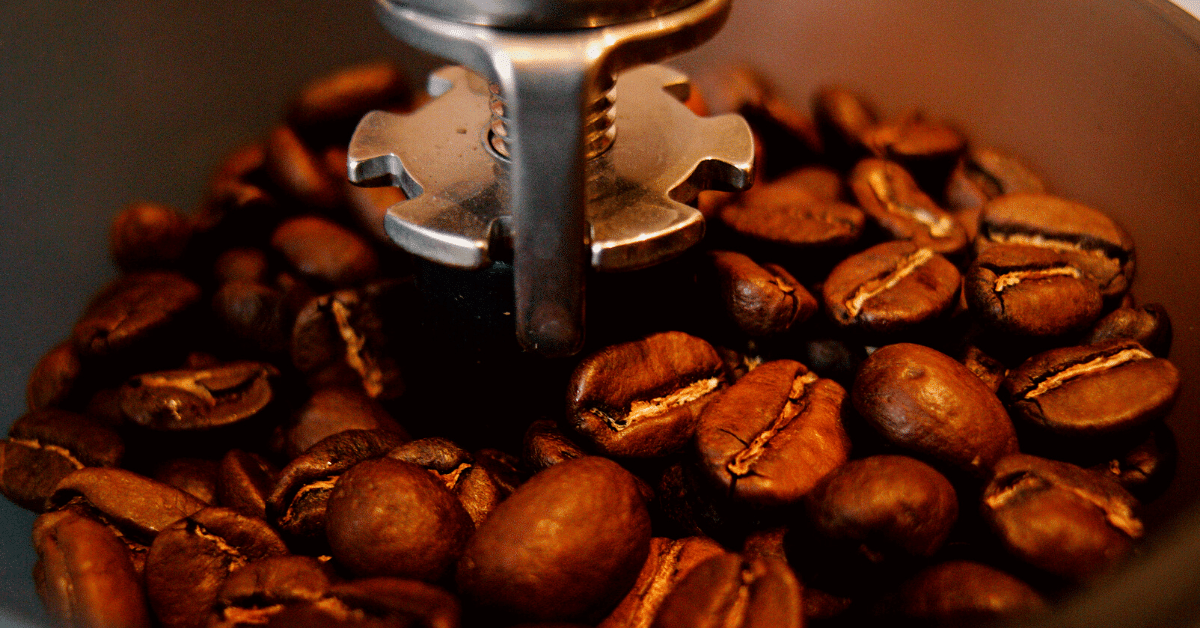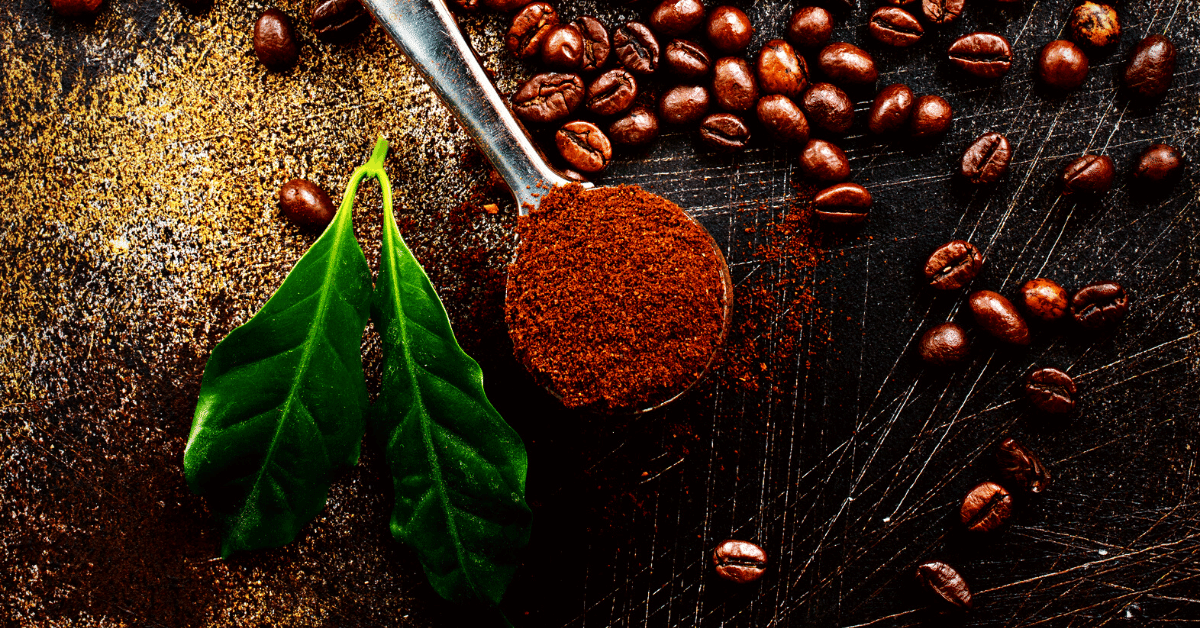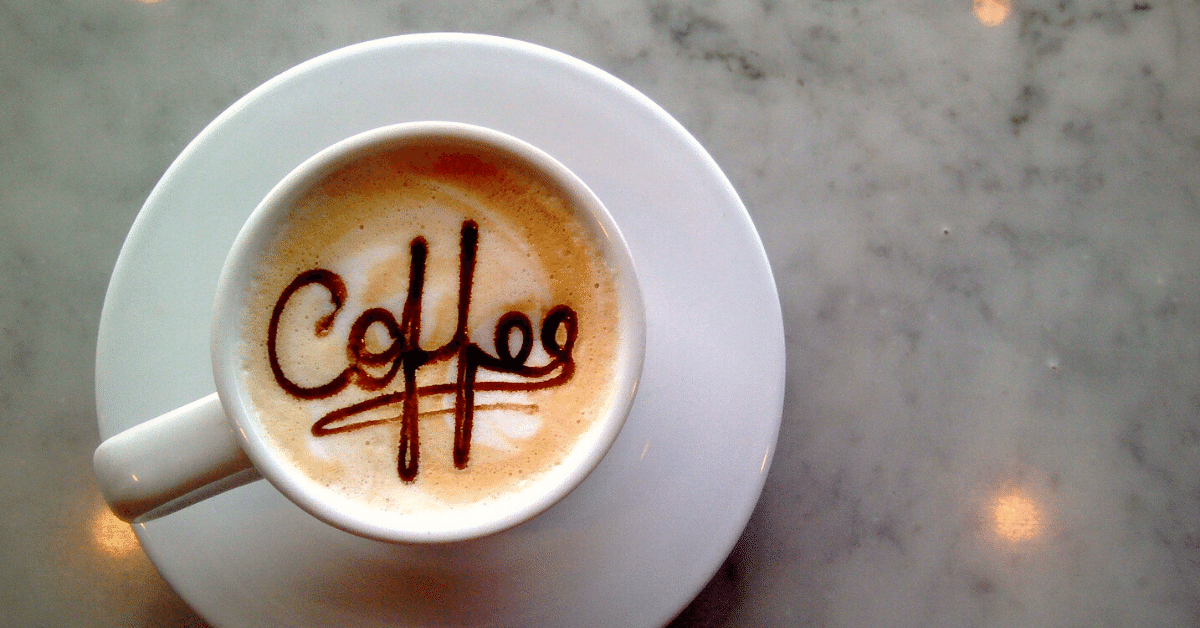Cold brew vs espresso – are these two drinks similar at all?
They’re actually a little more similar than you might imagine.
But they have a few differences that make them staples on most coffee shop menus.
From where these drinks come from to how to brew them, I’ll give you all you need to know about cold brew and espresso.
Let’s get to it!
Cold Brew Overview
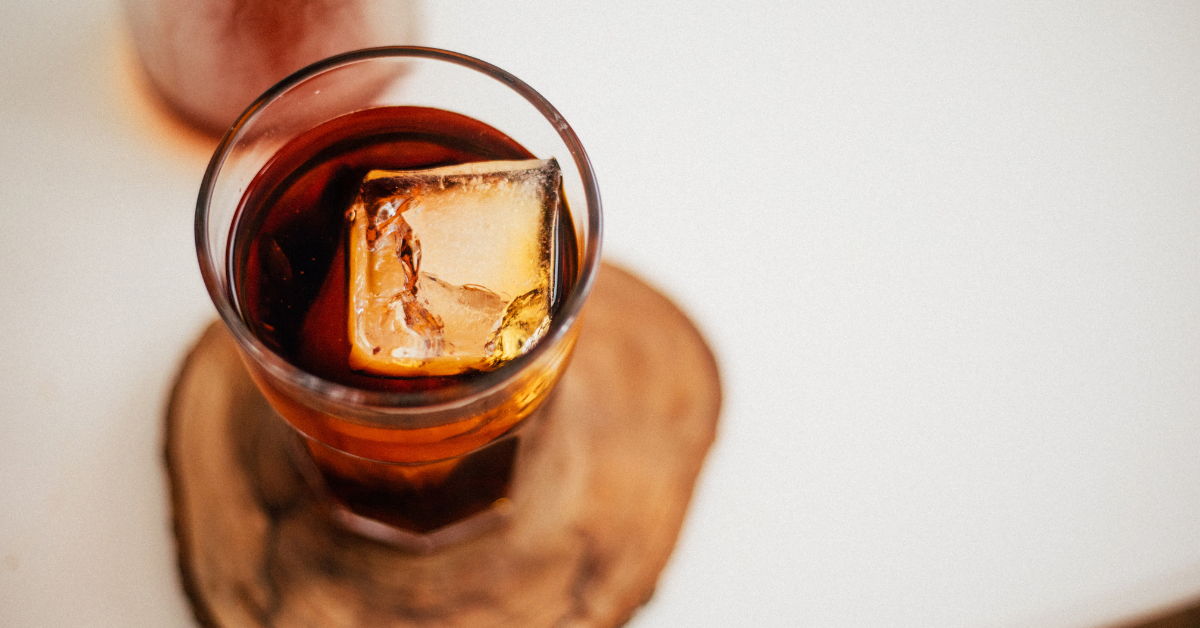
Cold brew is coffee that has been brewed cold.
Crazy, right?
What cold brew really means is that the coffee itself isn’t heated and is instead slowly extracted over the course of hours instead of minutes.
Although cold brew coffee is a relative newcomer to coffee shops, it has actually been around a long time.
It comes from Japan in the 1600s but has only become increasingly popular in the last ten years or so.
Cold brew is a great drink for those hot summer days when a latte or brewed coffee just doesn’t seem right.
The best part is that cold brew can be used to make any number of cold coffee drinks. Add some cream, a squeeze of lemon, or other spices to create phenomenal summer coffee cocktails.
How to Make a Cold Brew?
The thing about making cold brew coffee is that there are so many ways to do it.
The Japanese have a slow drip process called Kyoto that drips water over coffee grinds for 24 hours before being served.
The contraption looks like something you’d find in a high school science classroom. But believe me when I tell you it makes some incredible cold brew.
For making cold brew at home without spending a lot on a specific cold brew machine, all you need is a French press.
Using a french press to make cold brew is my favorite way. It’s pretty hands-off and French presses are easy to come by if you don’t already have one.
First, add your ground coffee to your French press. You’re looking for about a 1:3 coffee to water ratio. You need a much stronger ratio because cold water isn’t as efficient at extracting the coffee.
Using a higher ratio also means you can create cold brew concentrate.
Then fill with cold water. It’s important to not plunge your coffee just yet.
Let your french press sit in a cold, dark place for 12-15 hours. Using your refrigerator is the easiest way.
Once your cold brew is done, plunge the coffee concentrate and pour it over ice!
While a French press is a really convenient way to make cold brew coffee, there are many other ways to make it.
Really all you need is a container to brew your coffee and a filter to get the grinds out, just like a cold drip coffee.
A mason jar and a paper towel work really well.
Espresso Overview

Espresso is one of the purest ways to drink coffee. That’s a little subjective, but there’s a reason so many coffee drinks are made with an espresso base.
Espresso comes from Italy more than a hundred years ago. On its own, it’s a small drink usually 1.2-2oz.
Espresso is served hot and when consumed on its own is meant to be enjoyed quickly.
Chances are if you drink coffee regularly, you’ve had an espresso drink before. It bonds well with milk and is used in everything from lattes to Americanos.
How to make an Espresso
You need some special equipment to make espresso at home. The biggest factor is the pressure required to brew a proper espresso.
You’ll need to generate around 9 bars of pressure. That’s almost impossible to do without a dedicated espresso machine.
If you have an espresso machine, you’ll be familiar with the brewing process.
Start by grinding your coffee beans and filling the portafilter.
Next, start the brewing process on your machine.
Once you have extracted about 2oz of espresso with the hot water, stop the shot.
Serve with a spoon and enjoy!
Related Reading: Best Espresso Machine for Beginners
Cold Brew Vs Espresso: The Differences
Now that you have a good base understanding of espresso and cold brew, let’s get into how these two drinks are different from each other.
Grinding
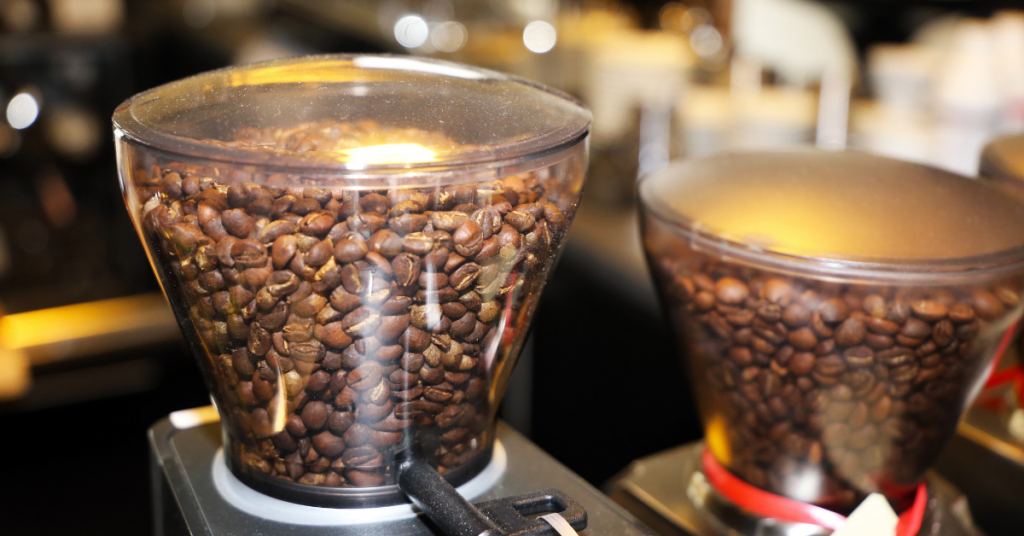
The grind size for any coffee brew is one of the most important aspects. The grind size affects the extraction rate and determines how bitter or sour your drink will taste.
When making a cold brew coffee, you need to grind the coffee beans much coarser than for the regular coffee drinks.
That’s because it takes so long to brew. If you ground your coffee as fine as you would for a pour-over or espresso, your cold brew would taste super bitter.
But the good part is that it’s almost impossible to grind too coarse for cold brew. After all, if your cold brew tastes too sour when you pull it out, you can always stick it back in the fridge for a couple more hours.
Grinding for espresso is much different from cold brew coffee. You need your grinds to be super fine. It usually takes a dedicated espresso grinder or an espresso machine with a grinder built in.
You need to grind so fine because there’s so much pressure going through the coffee in a short amount of time.
While cold brew takes hours to brew, an espresso takes only about thirty seconds. To get a balanced espresso, you need to grind fine enough for the full extraction process to happen in less than one minute.
Brewing
I hinted at this in the section above, but the brewing method of cold brew and espresso are two of the most different processes in all of the coffee.
Cold brew takes a long time. Up to an entire day.
Usually, cold brew takes between 10 and 15 hours to finish. But the trade-off is that it’s so easy you can make it at home using just about anything.
I’ve even made cold brew concentrate in a mason jar and used a cheesecloth as a filter.
Cold brew is also pretty hard to mess up. Because it’s so slow, there isn’t much room for error. And as I said before, you can always put your cold brew back in the fridge if it doesn’t taste quite right.
Brewing espresso is much more involved. It takes a machine capable of producing enough pressure to fully extract the coffee.
It also happens fast. In less than a minute you go from nothing to an espresso ready to drink.
You do need more knowledge to brew espresso because of the machinery involved, and different ways to make your espresso taste good.
But the benefit of the espresso is that you don’t have to wait 15 hours to enjoy your coffee. Espresso is also one of the most versatile coffees. Add flavors or milk to your espresso and enjoy.
Taste
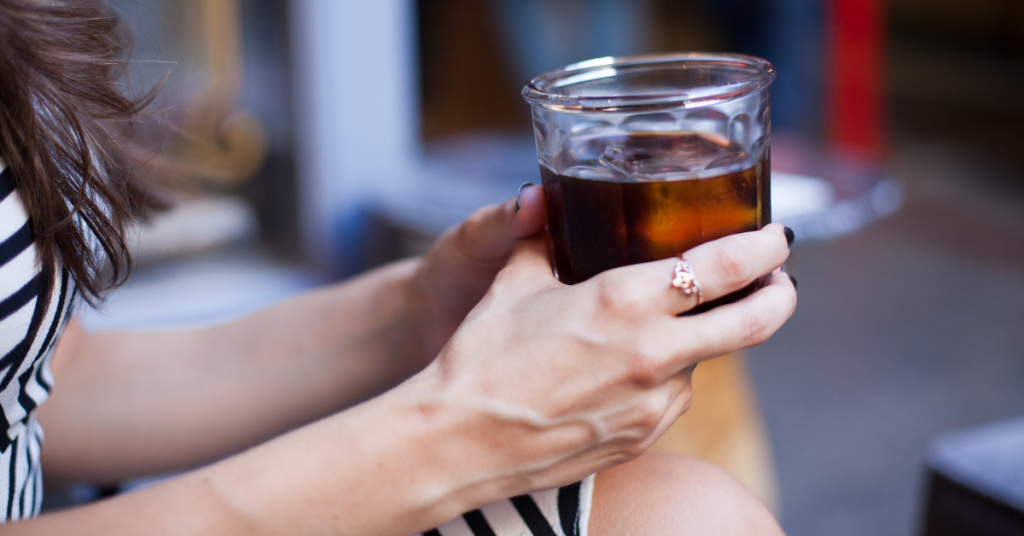
Cold brew and espresso taste a whole lot different from each other.
First of all, one is cold and the other hot.
But the differences don’t stop there.
Espresso tends to be on the bitter side. But a good espresso will have a really pleasant balance of sweet, sour, and bitter to create a smooth and delicious drink.
Someone who drinks a lot of espressos might even be able to tell if espresso is too bitter or too sour.
Cold brew espresso, on the other hand, isn’t really bitter at all. If anything, it will be a little sour, more like pink lemonade.
That’s because a lot of the bitter tastes in coffee are extracted later in the process. The bitter flavor is also associated with how hot coffee is brewed.
Cold brewing being such a long process with no heat means a lot of the bitter tastes don’t find their way into your cup. The lack of bitterness also makes cold brew a great option for summer.
Serving
Espresso is served hot and meant to be consumed right away. Traditionally, espresso is served in a small, 2oz cup on a saucer.
A spoon for stirring accompanies the cup and saucer. Many shops also include a separate glass with sparkling water. The water is meant to cleanse your palate between sips.
Shops all have their own way of serving standard espresso, and there aren’t many hard and fast rules about how to present them.
Because espresso is not mixed with milk, the barista doesn’t have the chance for any latte art. So how can you tell if the espresso is any good before your first sip?
Check the crema.
A good espresso will have an even, creamy-colored layer of crema on top with few bubbles. If you get an espresso that has a nice-looking crema, chances are the espresso will taste pretty good.
A cold brew, on the other hand, can be served in any number of ways. While always cold, cold brew can be served over ice or not and can be served with milk or without.
Cold brew is a relatively new addition to coffee shops, so there isn’t as much tradition surrounding serving this drink. Each shop will have a slightly different take on how they serve their cold brew.
Sometimes, shops will add a straw, other times not.
The important takeaway is that cold brews should always be served cold, and it should be clear that a shop’s cold brew is different from their iced coffee.
While iced coffee is brewed coffee that is chilled and poured over ice, cold brew is brewed cold.
FAQ
You might still have some burning questions about cold brew. I compiled a few of the most common questions I get.
Is cold brew stronger than espresso?
Espresso will feel stronger because of how small and concentrated it is.
Cold brew is similar to drinking an iced coffee. They’re both cold and served in the same way.
However, cold brew has more caffeine concentration than espresso, so it’s actually stronger in that sense.
Is cold brew healthier than espresso?
It’s hard to say if one is healthier than the other.
But just going by caffeine content, cold brew has a lot more.
Espresso doesn’t actually have that much caffeine, partly because it’s only around 2oz.
If you’re trying to avoid caffeine, skip the cold brew in favor of an iced latte.
Is cold brew less acidic than espresso?
Cold brew is less acidic than espresso. Because cold brew is made with cold water, the coffee bean isn’t heated. The acid in coffee gets released with heat.
Espresso will be more acidic than cold brew.
Final Thoughts
Cold brew is a great summer coffee drink. It’s brewed cold for hours before it’s ready to drink.
It’s a smooth drink without much bitterness and it goes well with just about any addition.
Espresso is one of the most common ways to consume coffee and is the base for most popular coffee drinks.
It’s brewed with pressure from a machine that creates a concentrated and tasty coffee.
Cold brew tends to be served over ice, and espresso in a small cup with a spoon.
If you are a coffee drinker, try making some cold brew at home today!
Want another way to enjoy your cold brew? Check out our article on how to heat up a cold brew!

